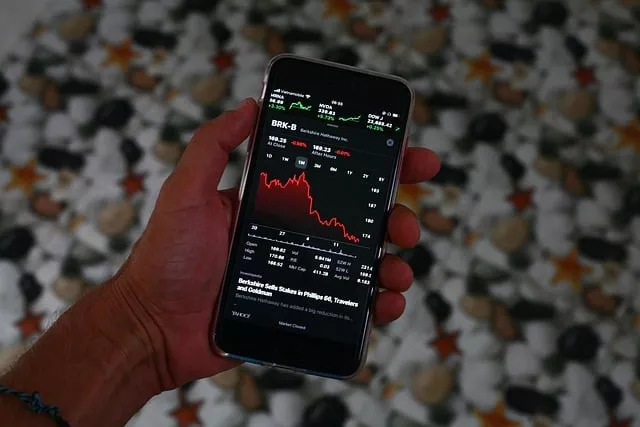Sterling silver has long been cherished for its beauty and versatility. While its aesthetic appeal is undeniable, many wonder whether sterling silver possesses a resale value that can withstand the test of time. In this article, we delve into the world of sterling silver to explore its intrinsic worth as an investment and highlight key factors that contribute to its enduring value. By examining market trends, historical significance, and consumer demand, we aim to provide a comprehensive understanding of why sterling silver remains a sought-after commodity in the resale market.
1. Appreciating Sterling Silver’s Historical Significance
Sterling silver boasts a rich heritage dating back centuries. The use of this precious metal in crafting intricate jewelry, tableware, and decorative items has stood the test of time, making it highly desirable among collectors and connoisseurs. Sterling silver’s historical significance enhances its resale value, as antique and vintage pieces often command higher prices due to their craftsmanship, rarity, and cultural relevance.
Furthermore, sterling silver has frequently been used to commemorate special occasions or honor significant events, elevating its sentimental value. Antique sterling silver flatware sets, for instance, especially those crafted by renowned silversmiths, hold a unique place in history and are treasured heirlooms passed down through generations.
2. Market Dynamics and Consumer Demand
The resale value of sterling silver is intricately linked with market dynamics and consumer demand. Over the years, the market for antique and vintage sterling silver has seen steady growth, fueled by a thriving collector community and increasing interest from buyers seeking unique pieces with historical and artistic value.
Notably, sterling silver retains its value remarkably well compared to other commodities due to its inherent qualities. Unlike plated or lesser-grade metals, sterling silver consists of 92.5% pure silver, alloyed with other metals such as copper for strength and durability. This high silver content renders it less prone to tarnish, corrosion, and wear, increasing its appeal in the resale market.
Consumer demand also plays a crucial role in determining sterling silver’s resale value. Contemporary designers and artisans continue to create innovative and artistic pieces using sterling silver, appealing to modern tastes while preserving its timeless charm. The growing popularity of handmade and artisanal goods has further bolstered the demand for unique sterling silver jewelry, ensuring a consistent market for resale.
3. Factors Influencing Resale Value
Several factors contribute to the resale value of sterling silver, making it an attractive investment choice.
Rarity:
Limited-edition or one-of-a-kind sterling silver items, such as those created by renowned designers or bearing historical significance, command higher prices due to their scarcity. Additionally, discontinued patterns or designs can appreciate in value over time, offering a potential profit margin for sellers.
Condition:
The condition of the sterling silver item greatly impacts its resale value. Well-maintained pieces with minimal signs of wear and tear are more likely to fetch premium prices. Regular cleaning and proper storage help preserve the luster and allure of sterling silver, thereby retaining or enhancing its resale value.
Hallmarks and Authenticity:
Sterling silver pieces often bear hallmarks indicating their purity and authenticity. These hallmarks act as proof of quality and can significantly influence the resale value. Buyers and collectors look for well-documented pieces with clear hallmarks from reputable makers, ensuring the authenticity of the item.
Designer and Brand Reputation:
Pieces crafted by established designers or renowned brands often carry a premium in the resale market. The reputation and artistic merit associated with certain designers attract collectors who are willing to pay a higher price for these coveted creations.
Market Trends:
Staying informed about current market trends is essential when considering the resale value of sterling silver. Certain styles, periods, or motifs may experience fluctuations in demand and subsequently impact prices. A thorough understanding of the market can help sellers maximize their returns by capitalizing on favorable trends.
Conclusion
Sterling silver’s enduring allure, historical significance, and inherent qualities have solidified its position as a sought-after commodity in the resale market. Its rich heritage, combined with increasing consumer demand, contributes to its sustained value over time. By considering factors such as rarity, condition, hallmarks, designer reputation, and market trends, individuals can make informed decisions when buying or selling sterling silver. Whether it’s an antique silver tea set, an intricately designed necklace, or a contemporary artisanal creation, sterling silver continues to captivate buyers and retain its resale value, making it a wise investment choice for collectors and enthusiasts alike.


